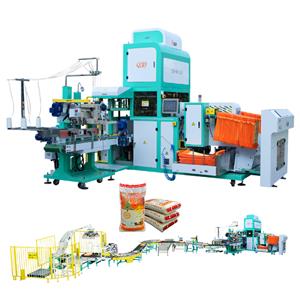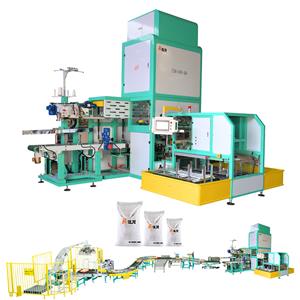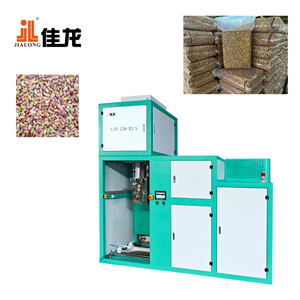The Ultimate Guide to Cat Litter Packaging: Why Vacuum Sealing is the Future for Premium Brands
In the thriving pet economy, packaging is more than protection; it's a dual promise to both discerning pets and their dedicated owners.
Modern pet owners view their pets not just as animals, but as family. This "pet humanization" trend has profoundly reshaped the market, with owners willing to invest more in their companions' health and comfort. As the most frequently purchased consumable, the quality and user experience of cat litter are paramount to a harmonious living environment. However, for a bag of premium cat litter, the battle for quality truly begins the moment it leaves the factory—against the invisible foes of air and humidity.
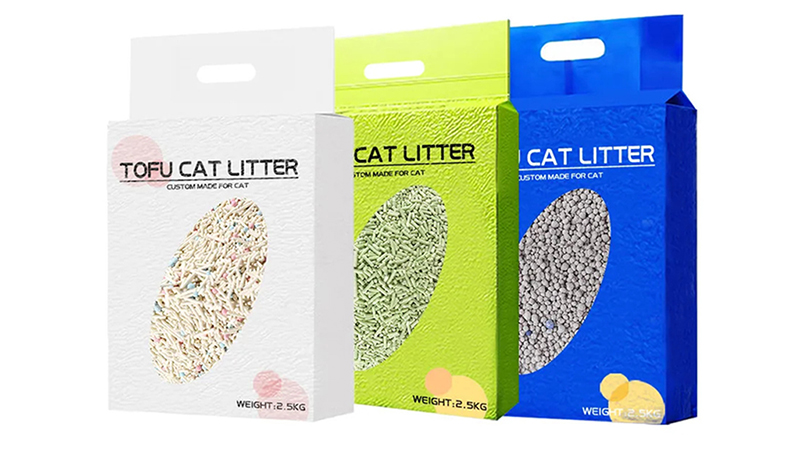
Different litter materials have uniquely "allergic" reactions to ambient moisture.
To appreciate the importance of packaging, we must first understand the specific vulnerabilities of different cat litters.
✔ Bentonite/Clay Litter: Its core value lies in the instant clumping ability of its montmorillonite clay. If inadequately packaged, it prematurely absorbs airborne moisture during shipping and storage, "pre-activating" its microscopic structure. This leads to diminished clumping power, crumbly clumps, and greatly reduced odor control.
✔ Tofu/Plant-Based Litter: While materials like tofu, corn, or pine litter offer eco-friendly and flushable benefits, they come with a new challenge: in humid conditions, they are ideal breeding grounds for mold. A poorly sealed bag could lead to a customer discovering a spoiled, moldy product—a quality disaster no brand can afford.
✔ Crystal/Silica Gel Litter: This litter works by using its countless nano-porous structures to absorb liquid and lock in odor. Airborne humidity pre-fills these pores, effectively "saturating" and neutralizing them before use. The lifespan of a moisture-compromised bag of crystal litter can plummet, drastically increasing the customer's replacement frequency and cost.
Faced with these challenges, a simple poly bag is insufficient. Advanced vacuum packaging technology, however, provides a nearly perfect solution, offering value that goes far beyond basic protection.
By removing air, vacuum packing fundamentally eliminates the threat of humidity. It creates a perfectly dry micro-environment inside the bag, ensuring that every particle of litter retains its optimal, factory-fresh performance. When the consumer opens the package, they get a 100% effective product—perfect clumping from bentonite, freshness from plant litters, and maximum absorbency from crystal silica.
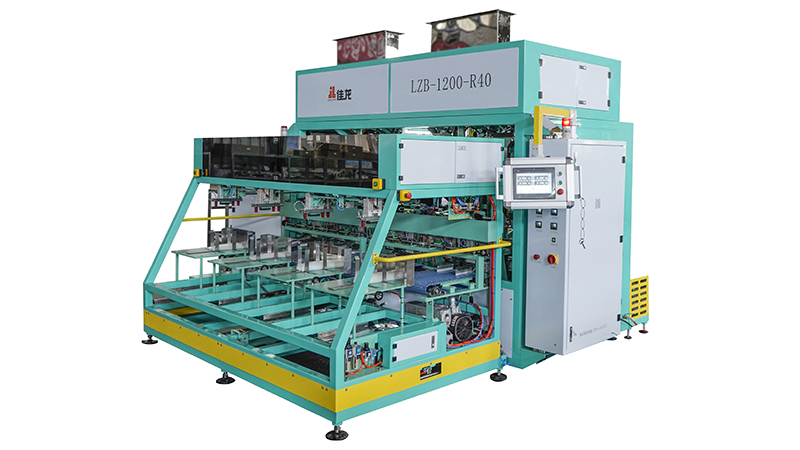
The perfect brick-shape effect is the result of an advanced production line integrating precision weighing, powerful vacuuming, and servo-driven shaping.
Vacuum compression molds the litter into a solid, brick-like form, saving an estimated 20-30% in storage and transport space. For brands, this directly cuts logistical costs. For consumers, the compact, solid package is easier to store, carry, and handle.
On the shelf, a crisp, uniform vacuum-packed product communicates professionalism, quality, and attention to detail. The process also significantly contains dust, providing a cleaner experience for the user—a key selling point for premium "low-dust" or "dust-free" cat litters.
Q: Is vacuum packing suitable for all types of cat litter?
A: Absolutely. All major types—bentonite, tofu, mixed, and crystal silica litters—benefit significantly. The advantages are most pronounced for moisture-sensitive and premium-marketed products.
Q: Will the vacuum process crush the litter particles?
A: This is a common concern but not an issue with professional equipment. The pressure is precisely calibrated to compress the empty space between particles, not the particles themselves. For **pellet or strip-shaped tofu litters**, it can actually improve integrity.

